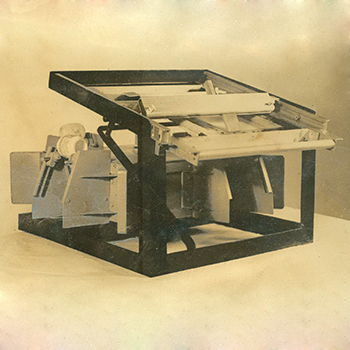Silk screen printing process consists of forcing the special paint through the open meshes of the framed screen, part of which is filled up in solid so that paint can pass through those areas of the screen which are left open according to the design to be reproduced. Unlike most other forms of printing which are mainly confined to paper, this process can be reproduced on practically any surface and is used extensively for the decoration of furniture, textiles, plastics, ceramics, wall paper, glass etc.
Out of those base surfaces, this process is widely used on wallpapers when small batch and large size of the material is to be printed. In that case it is impractical and costly to use printing machines. On furniture and ceramics it is very often used mainly because of the depth or richness of the colour. On glass articles like glass tumblers and cold drinks bottles printing is done by screen printing method. But it is not as wide spread as printing of other surfaces mainly because of the requirement of heavy capital investment in furnaces and non availability of glass decorating inks in India. The other earliest use of screen printing was for textiles. In this process textiles are steam heated from below after printing is done. Thus textile screen printing is a different process.
